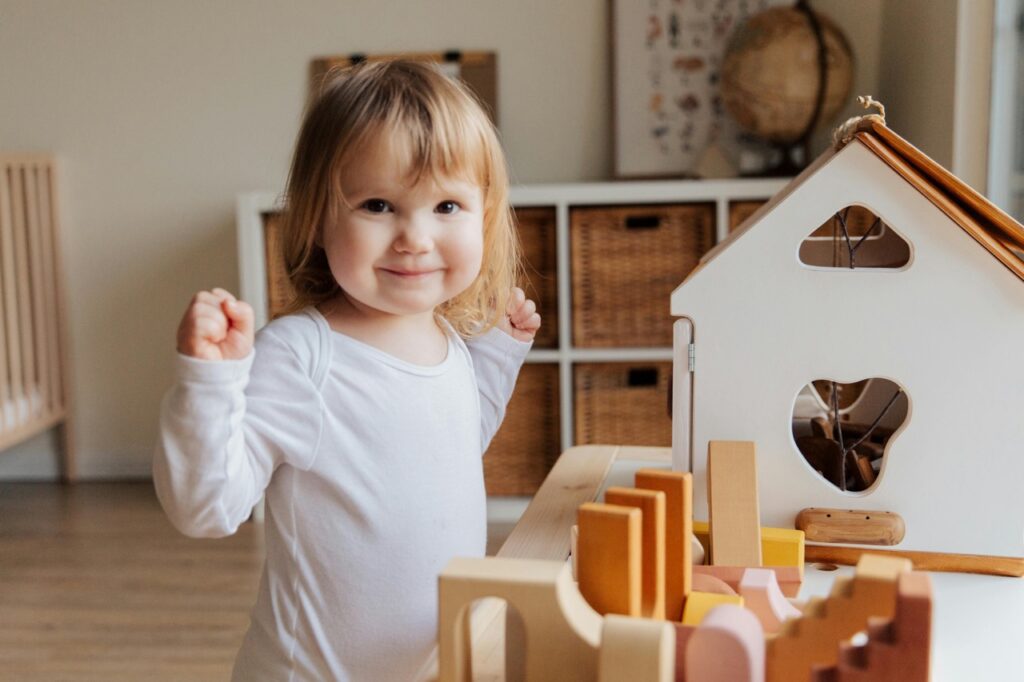Sensory-Friendly Spaces
Tips for Creating a Calm Environment at Home
Creating a sensory-friendly space in your home can make a world of difference when it comes to finding comfort and calm. Whether you are sensitive to sounds, lights, or textures, designing an environment that feels safe and soothing is key to your well-being. You do not need to make your home look clinical or sterile to achieve this. In fact, sensory-friendly spaces can be warm, inviting, and tailored to your preferences.
Let’s explore some practical ways to create a sensory-friendly environment in your home that promotes relaxation and helps you manage sensory input in a way that feels comfortable.
Understanding Sensory Needs
Everyone has different sensory needs. While some may enjoy vibrant colours and sounds, others find peace in quiet, neutral environments. The goal of creating a sensory-friendly space is to minimize stressors and allow you to feel more grounded. Whether you are affected by bright lights, loud noises, strong smells, or overwhelming textures, making small adjustments to your environment can help you feel more at ease.
Key Elements for a Sensory-Friendly Space
Lighting: Soft and Adjustable
Lighting plays a huge role in how comfortable you feel in a space. Bright or flickering lights can be overwhelming, so consider using soft, natural lighting where possible. If natural light is too harsh, use curtains to diffuse it. You might also want to explore dimmable lights or lamps with softer tones. Avoid fluorescent lights if they are a trigger for you and opt for bulbs that provide a warm, gentle glow.

Tip: Try using string lights or salt lamps to create a calming atmosphere without overwhelming your senses. The soft glow can help you relax, especially in the evening.
Sound Control: Reducing Noise Pollution
Sound is another factor that can easily become overwhelming. Whether it’s traffic outside, loud appliances, or even household conversations, too much noise can add stress to your day. Creating a sound-controlled environment can help you feel more relaxed.
Solutions:
- Use noise-canceling headphones or earplugs when needed.
- Add soft furnishings like rugs, curtains, and cushions to absorb excess noise.
- Use white noise machines or calming background music to mask disruptive sounds. If your home has high levels of background noise, creating a quiet retreat, such as a cozy reading nook or a quiet room, can provide you with a peaceful place to recharge.
Textures: Soft and Comfortable
Surround yourself with textures that feel good to the touch. Whether it’s soft blankets, fluffy pillows, or smooth fabrics, the tactile experience of your environment can have a big impact on how comfortable you feel.
Ideas:
- Use weighted blankets or heavy comforters for a sense of grounding.
- Soft rugs or mats can create a cozy, inviting space for sitting or lying down.
- If certain fabrics irritate you, replace them with materials that feel more soothing, like cotton, fleece, or silk. The goal is to make sure that everything you touch feels pleasant and calming.
Visual Simplicity: Calming Decor
A cluttered space can quickly become overwhelming. Visual overstimulation can cause stress and make it hard to relax. To create a calming space, aim for simplicity in your decor.
Suggestions:
- Keep surfaces clear of excess clutter.
- Use a minimal colour palette with soft, muted tones like pastels, earth tones, or neutrals.
- Avoid busy patterns or bright colours that can be visually distracting. Instead, opt for simple, solid colours or nature-inspired decor. A visually calm environment will help you focus on relaxation and reduce sensory overload.
Smell: Managing Scents
Strong smells can be either soothing or overwhelming, depending on your preferences. To make sure your space feels right, pay attention to the scents you allow in your environment.
Ways to Create a Sensory-Friendly Space with Scent:
- Use essential oils or diffusers with calming scents like lavender, eucalyptus, or chamomile.
- Choose unscented or lightly-scented cleaning products to avoid harsh chemical smells.
- Keep windows open when possible to allow fresh air to circulate. If certain smells are too intense, you might want to limit them and stick with natural, mild aromas that you find relaxing.
Personal Comfort: Your Go-To Items
Think about what helps you feel safe and relaxed, and make sure those items are easily accessible in your sensory-friendly space. Whether it’s a favourite book, a soft pillow, or a calming piece of music, having these items on hand will help you feel more at home and comfortable in your environment.
Ideas for Comfort:
- Create a basket of soothing items like stress balls, fidget toys, or textured fabrics.
- Keep a journal nearby for writing down thoughts or drawing as a way to express yourself.
- Have comfortable seating or a designated resting spot where you can relax whenever you need a break.

Creating a Dedicated Sensory Space
If you have the option, consider dedicating a specific room or corner of your home as a sensory-friendly retreat. This space can be designed entirely around your comfort, giving you a go-to spot for relaxation and calm whenever things feel overwhelming.
Things to Include in Your Sensory Space:
- Soft seating like bean bags, floor cushions, or recliners
- Gentle lighting such as fairy lights or a Himalayan salt lamp
- Favourite items like books, puzzles, or calming visuals (nature photos, for example)
- Sensory tools like weighted blankets, calming scents, or fidget items
This space does not have to be large or fancy; it just needs to feel like a place where you can unwind and recharge.
Personalizing Your Space
What works for one person may not work for another, so the most important thing when creating a sensory-friendly environment is to personalize it to your needs. Pay attention to how you feel in different spaces, and make adjustments accordingly. Your home should be a sanctuary that feels calming and supportive.
Whether you prefer a bright, open space with lots of natural light or a cozy, dimly lit nook filled with soft textures, creating a sensory-friendly space is about finding what makes you feel at peace. Small changes like dimming the lights, adding soft fabrics, or reducing background noise can have a significant impact on your overall well-being.

Make Your Home Your Haven
Designing a sensory-friendly space is about creating an environment that supports your comfort and well-being. By understanding your sensory needs and making adjustments to lighting, sound, texture, and scent, you can create a home that feels like a haven.
Whether you need a quiet spot to recharge or a soothing environment to relax after a long day, a sensory-friendly space can provide the peace and comfort you deserve.
Leave a Reply